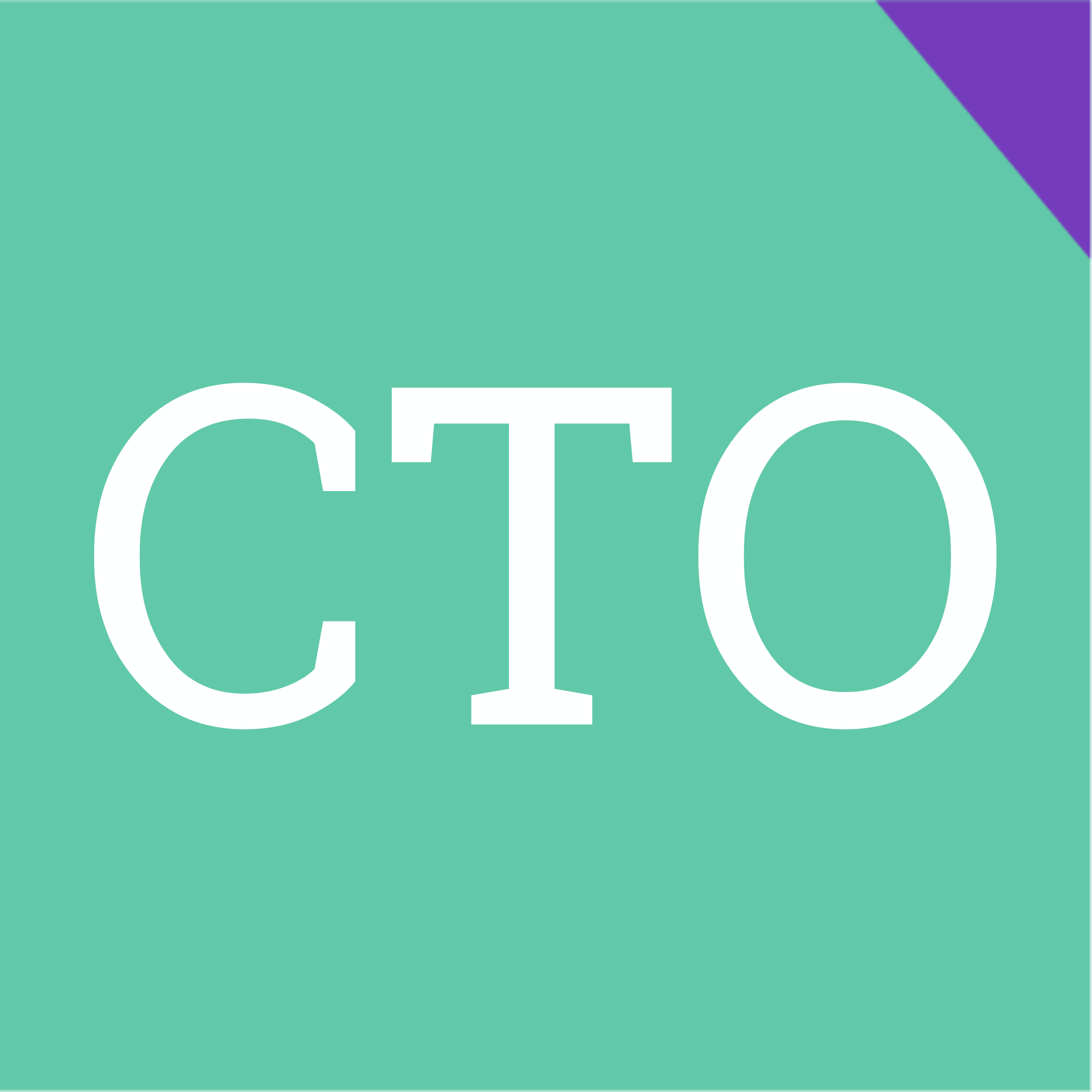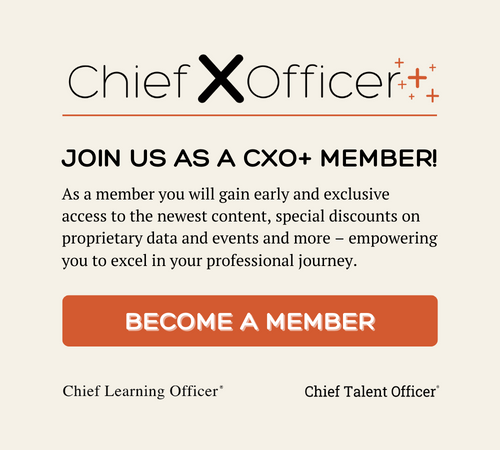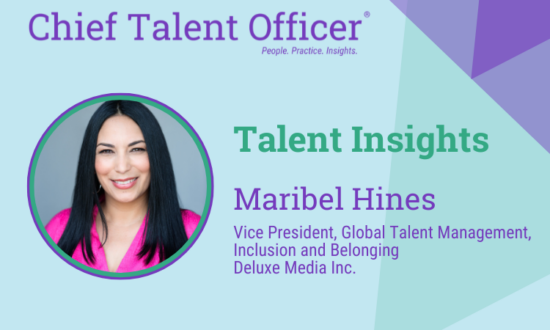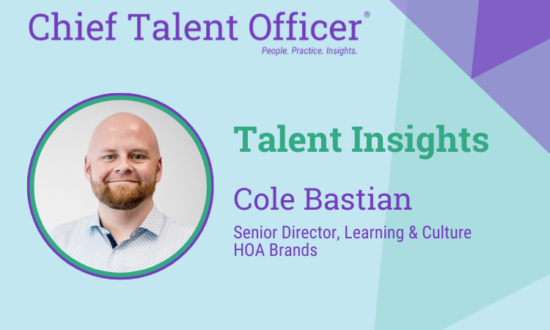Mentoring is essential for building an unstoppable team and achieving talent goals. But future-focused organizations need to ditch the outdated approaches and embrace a fresh perspective — one that’s scalable, ROI-driven and actually moves the needle.
This article exposes the hidden challenges with typical mentoring models and offers practical guidance for building programs that drive measurable outcomes for employees and the business.
Why well-designed mentorship programs matter for your business
Investing in a well-designed mentoring program is not merely an investment in your employees; it’s a strategic investment in the future of your business. The most successful mentoring programs deliver tangible results that drive organizational success. Consider the following.
Fueling employee engagement and retention
Disengaged employees are costly, both in terms of lost productivity and increased turnover. A strong mentoring program fosters a culture of connection and collaboration, making employees feel valued, supported and invested in the organization’s success. This all translates to increased motivation, higher engagement and improved retention rates.
To put it simply: Losing valuable employees hurts your bottom line and disrupts team dynamics. When employees are engaged, they’re more likely to stay and go the extra mile.
Accelerating internal talent mobility and development
Structured mentoring programs should be your go-to tool for developing talent at every level, from your newest recruits to your seasoned veterans.
Think of it like this: You’re not just giving employees a boost; you’re building a talent pipeline powerhouse. By providing targeted programs that equip talent groups with the specific skills they need, you’re not only fueling their growth but also future-proofing your organization.
This targeted approach is a win-win. Employees see a clear path to level up and feel like they’re part of something bigger, which keeps them engaged and motivated. And you get to build a dream team from within.
Fostering knowledge sharing and innovation
Mentoring programs create a dynamic ecosystem where knowledge flows freely and innovation thrives. By connecting employees across different departments and levels, mentoring breaks down silos, encourages knowledge sharing and sparks new ideas. This cross-pollination of ideas leads to a more agile, innovative and adaptable workforce.
Building a culture of continuous learning
Modern mentoring is not a one-time event but an ongoing process of learning, growth and development. It’s about creating a culture where employees are encouraged to continually seek out new knowledge, develop their skills and expand their horizons.
This commitment to continuous learning ensures that your workforce remains engaged, motivated and equipped to meet the evolving challenges of the modern business world.
But designing a high-impact mentoring program is easier said than done.
The pitfalls of traditional mentoring programs
Traditional mentoring programs, though well-intentioned, frequently fall short due to several critical flaws. Sure, the concept of mentorship may seem straightforward. But execution often lacks the strategic thinking and structure needed to drive meaningful impact.
For instance, many organizations know they should have a mentorship program, so they implement one without structuring it around the specific needs of their workforce or aligning the program with broader talent development goals.
The result? They’re constantly scrambling for resources, struggling to get people on board and can’t show ROI. Mentoring ends up being dismissed as just another “nice-to-have” initiative.
There are four major pitfalls that plague traditional mentoring models:
Pitfall #1: The generality trap
One size does not fit all. Trying to cram everyone into the same program, from entry-level newbies to seasoned execs, is a recipe for disaster. Different talent groups have different needs, and ignoring that leads to widespread disengagement.
Pitfall #2: The structure deficit
Without clearly defined goals, guidelines and milestones, mentoring relationships can drift aimlessly. Conversations may be pleasant but lack focus, resulting in limited measurable progress and a sense of wasted time for both mentors and mentees.
Pitfall #3: The top-down mentality
Traditional mentoring often reinforces a hierarchical, top-down dynamic of a senior employee doing a favor for a more junior employee. This neglects the immense value of reciprocal learning, peer-to-peer mentorship and the diverse perspectives that emerge from cross-functional connections.
Pitfall #4: The invisible impact
If you can’t measure it, you can’t manage it. Without solid reporting and analytics, it’s impossible to show the real impact of your mentoring program on the metrics that matter. This makes it tough to get buy-in and figure out what needs to be improved.
Pitfall #5: The administrative burden
Most mentorship programs begin as a passion project, run on spreadsheets and other manual processes. But scaling a mentoring program from a small pilot to a company-wide initiative significantly increases admin tasks. This quickly becomes inefficient, error-prone and overwhelming as your program grows.
Pro tip: Sound familiar? Check out our 12-step checklist for scaling your mentorship program.
Redefining mentorship for the modern workplace
A truly effective mentoring program in the modern workplace must be more than just a series of informal chats. It requires a fundamental shift to embrace a more strategic, dynamic and results-oriented model. Following are the must-haves for a high-impact mentorship program that drives outcomes across development, engagement, retention and promotion.

Purposeful and business-aligned
Start with the “why.” What do you want to achieve with your mentoring program? What challenges are you trying to tackle? Define those objectives clearly.
For example, perhaps you’re looking to:
- Develop early talent.
- Support leadership development.
- Increase people manager effectiveness.
- Improve employee retention.
- Boost employee engagement.
- Foster a more inclusive culture.
Once you’ve identified your key challenges, define the ideal outcomes with measurable KPIs.
For example:
- Increase employee retention by X percent within the first year of employment.
- Improve internal promotion rates for leadership positions by X percent.
- Improve employee engagement scores by X percent for participants within three months after the program.
Data-driven and results-oriented
Define clear metrics at the outset, and track progress throughout the program. Measure not only participation rates but also tangible outcomes such as improved employee engagement, increased retention, faster career progression and enhanced business performance.
Pro tip: Mentorship surveys (when done right) are a great way to track leading indicators of mentorship success.
Structured and guided
While experience is valuable, it doesn’t automatically translate into effective mentoring. Even seasoned employees might need guidance on how to best support and develop their mentees. Similarly, mentees can benefit from guidance on how to actively participate in the mentoring relationship, set goals and make the most of the experience.
Provide structured frameworks and equip participants with resources to guide productive interactions. Think beyond casual conversations and focus on targeted development aligned with individual and organizational goals. This could include agendas, discussion prompts and skill development plans, as well as program timelines and milestones.
Reciprocal and collaborative
Mentoring is more than just a one-way street; it’s an opportunity to build a vibrant mentorship ecosystem that benefits everyone in your organization. Instead of limiting yourself to the traditional mentor-mentee model, embrace a variety of formats and experiences that foster mutual learning and growth. For example:
Structured mentoring programs can include a range of pairings, be it 1:1 or group mentoring. While not the only option, the classic format of pairing junior mentees with experienced mentors still holds immense value — but remember to emphasize mutual learning and growth. Also consider peer-to-peer mentoring (where employees at similar levels connect), reverse mentoring (with junior employees mentoring senior leaders) or skills-based pairings that connect employees based on specific development goals.
Group learning sessions are another powerful way to foster collaboration and knowledge sharing. Connect employees with subject-matter experts across your organization to dive deeper into key topics, drive cross-functional collaboration and practice new skills. Think lunch n’ learns, career AMAs, innovation sessions or group networking events.
Finally, encourage one-on-one networking opportunities to spark connections across your entire organization. These can be informal, like coffee chats, or more structured, like flash mentoring sessions focused on a specific topic or challenge.
Personalized and targeted
Tailor mentoring experiences to the specific needs and development goals of different employee segments. Consider creating specialized programs for early-career professionals, high-potential individuals or those seeking to develop specific skills. For example:
- Ongoing career development programs that empower employees to explore career progression opportunities.
- Early career development programs to support new hires and recent graduates as they navigate the early stages of their careers.
- People management programs that equip managers with the skills they need to effectively lead, coach and develop their teams.
- Leadership development programs to support existing leaders or prepare high-potential employees to lead teams today and in the future.
Technology-enabled and scalable
Many organizations hit a wall when trying to scale their mentorship programs. Why? Because they’re bogged down by manual processes and administrative overload. Admins are drowning in tasks, leaving them with little time to focus on building a truly structured, consistent and results-driven program. Plus, without the right tools, it’s tough to expand your program’s reach and engage everyone who’s interested.
This is where technology comes in. The right mentorship software is a game-changer to streamline program administration, facilitate intelligent matching based on skills and interests, track progress and measure impact. Technology enables scalability, making it possible to reach more employees and manage larger programs effectively.
Need a hand?
At 10KC, we are working to redefine workplace mentoring, helping organizations build and manage mentoring programs at scale. With smart-matching technology, expert guidance and flexible formats, our mentoring software gives you everything you need to create a mentoring experience that helps you engage, develop, promote and retain top talent.















